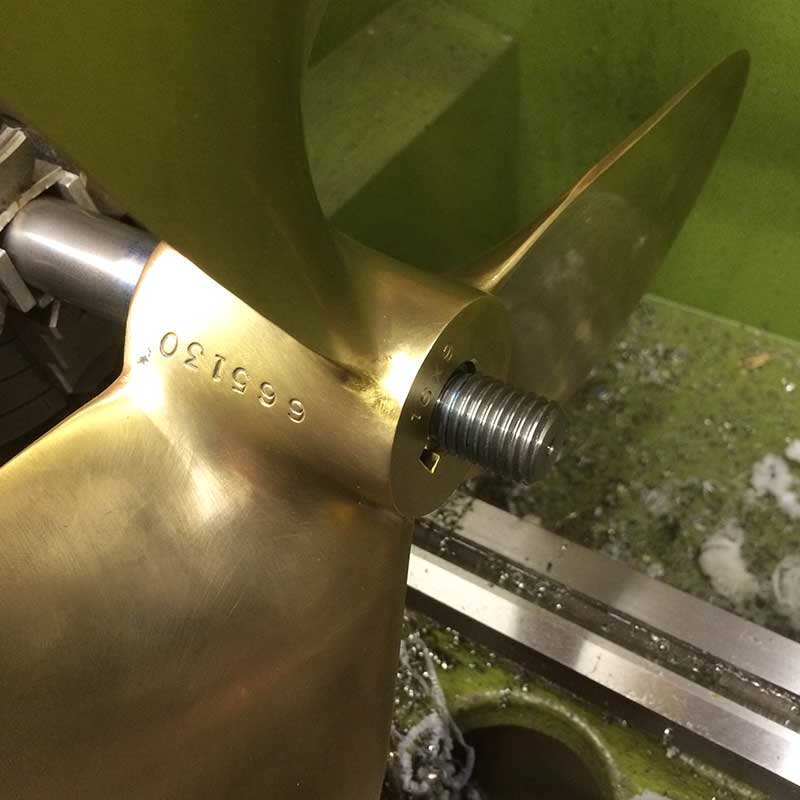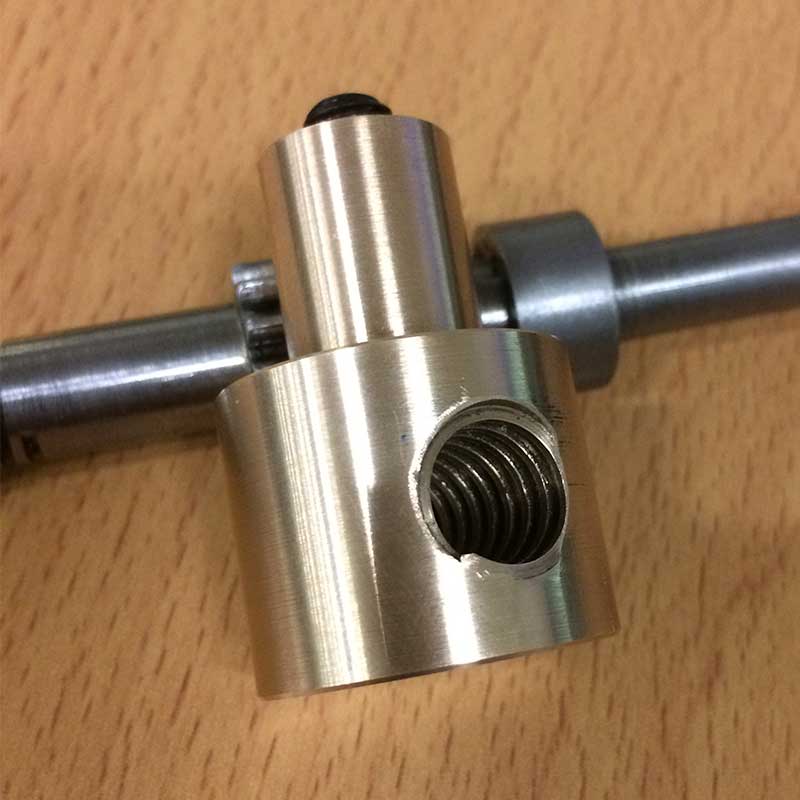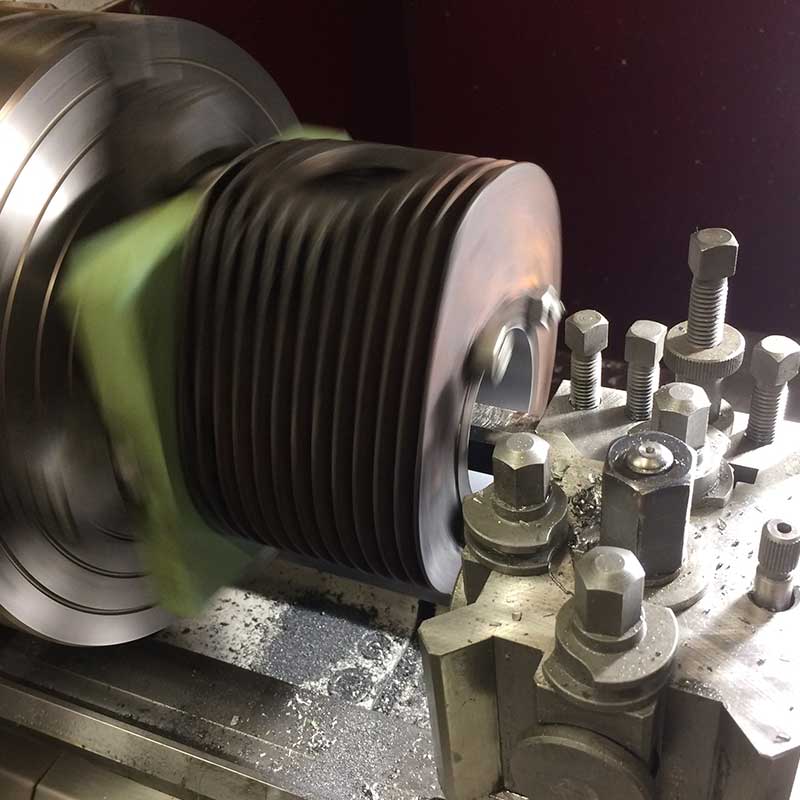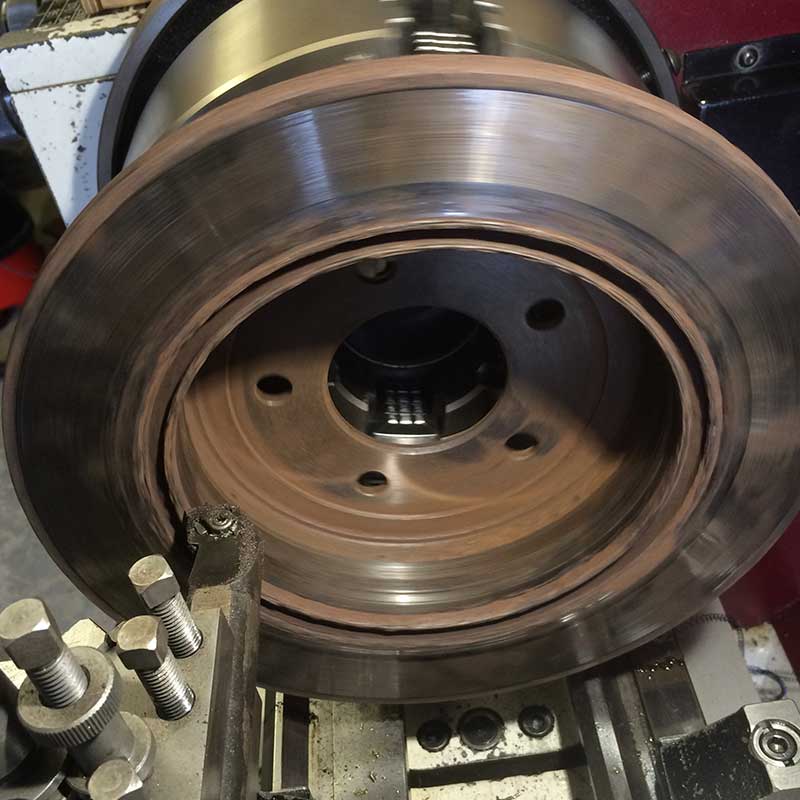Materials Range
John Hart Engineering
Choosing between different materials
Material selection is one of the prime concerns in mechanical engineering design as mechanical engineers possess great deals with various loads and temperature variations. Wear is a problem when the materials are contacting each other. So it must be ensured that the selected materials have sufficient wear resistance while in some of the cases the corrosive proprieties are being a priority.
Aluminium
Aluminium has a high strength to weight ratio, being also a good conductor of electricity and heat. It is resistant to corrosion; however it is soft, reason why small amounts of copper, magnesium, zinc and other elements are added for strength.
Brass
Brass is a metallic alloy that is made of copper and zinc. It is used where low friction is required. Brass is often used in situations in which it is important that sparks not be struck, such as in fittings and tools used near flammable or explosive materials.

Marine Grade Stainless Steel
Marine grade stainless alloys typically contain molybdenum to resist the corrosive effects of NaCl or salt in seawater. SAE 316 stainless steel is preferred for use in marine environments because of its greater resistance to pitting corrosion.
Steel
Steel is an alloy of iron and carbon and other elements. Because of its high tensile strength and low cost, it is a major component used in buildings, infrastructure, tools, ships, automobiles, machines, appliances, and weapons.
Nylon
Nylon has excellent abrasion resistance, having self-lubricating characteristics. Engineering-grade nylon is being used for mechanical parts such as machine screws, gears and other low- to medium-stress components previously cast in metal.

Cast Iron
Cast iron has become an engineering material with a wide range of applications in automotive and marine industry parts, mostly because it is resistant to destruction and weakening by oxidation.





